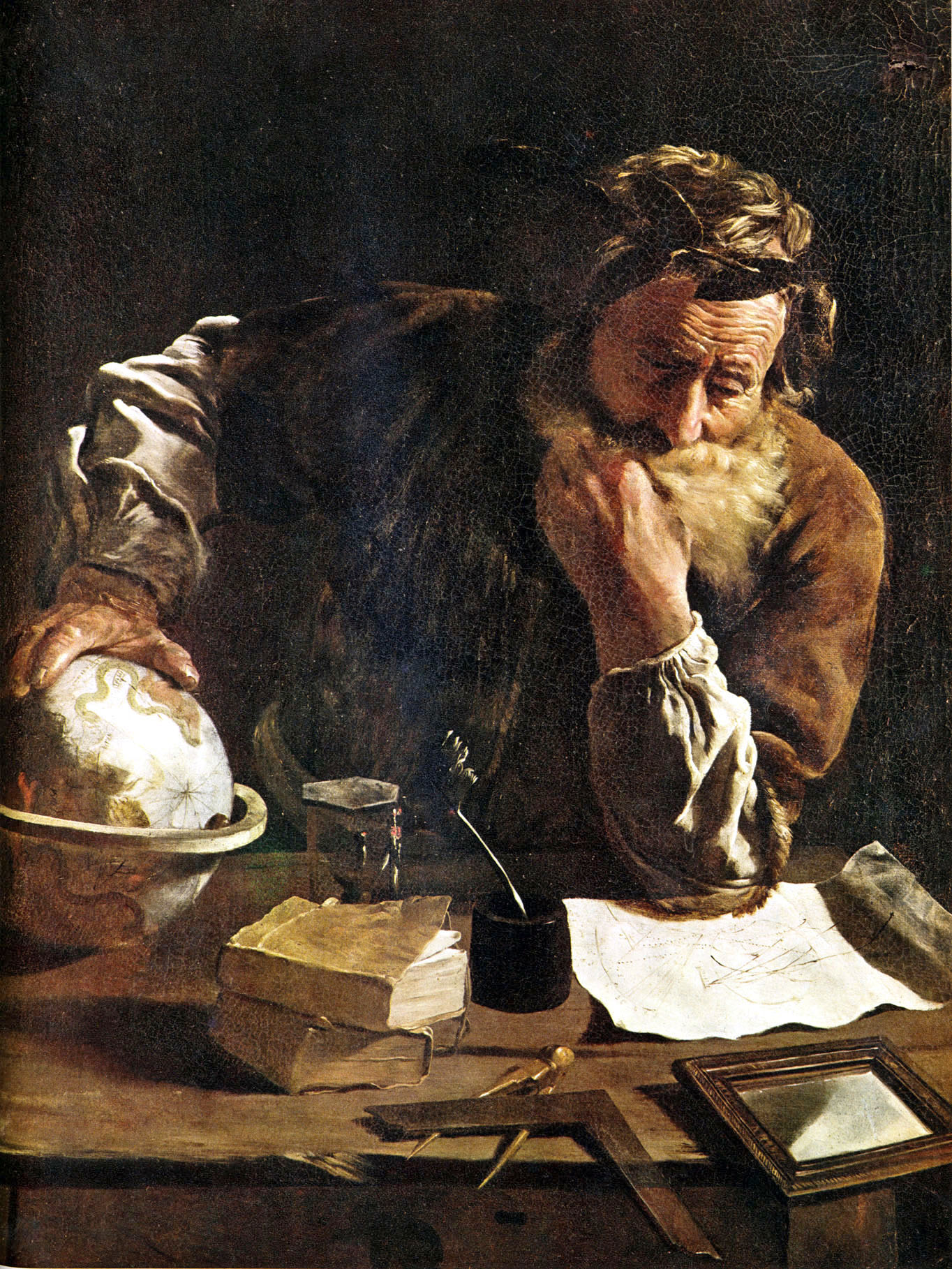
Archimedes of Syracuse was a Greek mathematician, physicist, arranged capable, space master and creator of the old city of Syracuse in Sicily. Anyway little is had some huge involvement in his life, he is seen as one of the fundamental specialists in standard knickknack. Pondered the best mathematician of old history, and truly uncommon, Archimedes drove current assessment and examination, including the chance of almost nothing and the methodology for exhaustion to pick and absolutely show it. for an improvement of numerical speculations, including: the area of a circle; surface region and volume of a circle; locale of an oval; region under a parabola; Volume of a piece of a predictable of disrupting impact; Volume of a piece of the hyperbola of revolt; and the district of a winding. If you truly have any desire to investigate all of the more such articles, follow factorsweb.
Other mathematical achievements of Archimedes integrate getting a speculation of pi; depicting and taking a gander at the curving that right now bears its name; and considering a system using types to concede particularly tremendous numbers. He was one of the first to apply math to authentic characteristics, spreading out hydrostatics and statics. Archimedes’ achievements in this space join the declaration of the switch rule, the wide utilization of the opportunity of the spot of gathering of gravity, and the strategy of the law of consideration. He is credited with arranging creative machines, for instance, his screw siphons, compound pulleys, and noticed war machines, to defend his neighborhood Syracuse from assault.
History
Archimedes was imagined c. 287 BC in the port city of Syracuse, Sicily, then, a self-managing a region in Magna Graecia. The date of birth relies on a proclamation by the Byzantine Greek finder John Tetzes that Archimedes lived for a seriously significant time-frame before his slipping by in 212 BC. In the Sand-Reckner, Archimedes gives his father’s name as Phidias, a stargazer about whom nothing else is known. A journal of Archimedes was outlined by his buddy Heraclides, at the present time this work has been lost, leaving the nuances of his life faint. For example, it is faint whether he at whatever point married or had adolescents, or whether he at whatever point visited Alexandria, Egypt during his young life. From his aiding through formed works, clearly he stayed aware of school relations with scientists based there, including his mate Conan of Samos and Eratosthenes, the fundamental manager of Cyrene. You should similarly know the Factors of 22.
Strategy for exhaustion
Archimedes had the choice to use indivisibles (an emissary to infinitesimals) such that seems to be current key math. Through affirmation by irregularity (reductio movement absurdum), he could answer issues to a conflicting degree of accuracy, while picking the appear at inside which the reaction lay. This structure is known as the philosophy for weariness, and he used it to evaluate the areas of figures and the value of.
In reviewing a circle, he picked the length of one side of each and every polygon by drawing a more conspicuous conventional hexagon outside a circle and a short period of time later a more unassuming standard hexagon inside the circle, and dependably duplicating how much sides of each and every standard polygon. did likewise.
Making
Archimedes’ works were written in Doric Greek, the dialect of old Syracuse. The made work out of Archimedes has not move beyond indistinct from that of Euclid, and seven of his works exist fundamentally through references to them by various makers. Pappas of Alexandria proposes another work On Sphere-creation and on Polyhedra, while Theon of Alexandria implies a conversation about refraction from the now-lost Catoptrica.
Archimedes showed concerning his work through correspondence with mathematicians in Alexandria. Archimedes’ works were first amassed by the Byzantine Greek modeler Isidore of Miletus (c. 530 AD), while looks at on made by Archimedes, made by Eutosius in the sixth century AD, helped with giving his work to a more unmistakable get-together. Archimedes’ work was changed over into Arabic by Thabit ibn Kurra (836-901 AD), and into Latin by Gerard of Cremona (c. 1114-1187 AD) and William of Morbeke (c. 1215-1286 AD). was interpreted. During the Renaissance, the Editio Principes (first ed.) was scattered in Basel by Johann Herwagen in 1544 with works of Archimedes in Greek and Latin.






